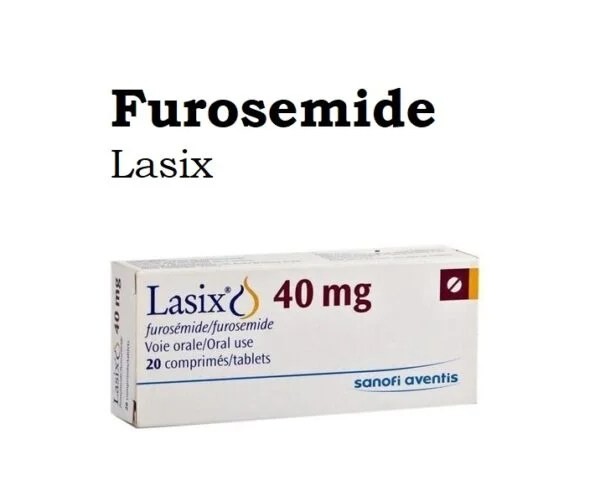
Contents
Lasix vs. Edecrin: A Comparison of Diuretics
Lasix is a potent diuretic that helps eliminate water and salt from the body. It works by blocking the absorption of sodium, chloride, and water in the kidneys, resulting in increased urine output.
Edecrin is another diuretic that increases urine production and helps the body get rid of excess water. It is commonly used to treat edema caused by various medical conditions.
Side Effects Comparison
Lasix
Common side effects include low blood pressure, dehydration, and electrolyte depletion. Increased blood sugar and uric acid levels may also occur.
Edecrin
Possible side effects include increased urine production. Serious side effects are rare but may include dehydration and various symptoms such as loss of appetite, confusion, and muscle cramps.
Dosage Information
Lasix
- The usual starting oral dose for adults is 20 to 80 mg, which can be repeated every 6 to 8 hours until the desired effect is achieved. Some patients may require higher doses.
- For children, the starting dose is 2 mg/kg, which can be increased every 6 hours. Doses greater than 6 mg/kg are not recommended.
- The recommended dose for hypertension is 40 mg twice daily, with a reduction in the dose of other blood pressure medications.
Edecrin
- Take this medication once or twice a day after a meal or as directed by your doctor.
- Avoid taking it within 4 hours of bedtime to minimize nighttime urination.
- Your doctor will determine the dosage based on your condition and response to therapy. It may be adjusted over time.
- Regular use is important for maximum benefit. Take it at the same time(s) each day to help remember.
Drug Interactions
Lasix
- Lasix may interact with aminoglycoside antibiotics, leading to potential hearing damage. It can also interact with aspirin, lithium, sucralfate, and other antihypertensive drugs.
- Nonsteroidal anti-inflammatory drugs (NSAIDs) may interfere with Lasix’s blood pressure-reducing effect.
Edecrin
Before using Edecrin, inform your doctor or pharmacist about any medications you are currently taking, including digoxin, ginseng, high blood pressure medications, lithium, and drugs for gout or warfarin.
Additionally, check the labels of all medicines you use, as some may contain ingredients that increase blood pressure or worsen heart failure.
Safe Use During Pregnancy and Breastfeeding
Lasix
Lasix is secreted in breast milk, so nursing mothers should avoid breastfeeding while taking it.
Edecrin
During pregnancy, Edecrin should only be used when clearly needed. Its use while breastfeeding is unknown, so consult your doctor before breastfeeding.
By clicking "Submit," I agree to the MedicineNet Terms and Conditions and Privacy Policy. I also agree to receive emails from MedicineNet and I understand that I may opt out of MedicineNet subscriptions at any time.
Summary
Lasix and Edecrin are both diuretics used to treat fluid accumulation and high blood pressure. Lasix works by blocking the absorption of sodium, chloride, and water in the kidneys, while Edecrin helps the body eliminate excess water. Both medications have their own set of side effects and dosing guidelines. It is important to consult with a healthcare professional before starting any medication.


